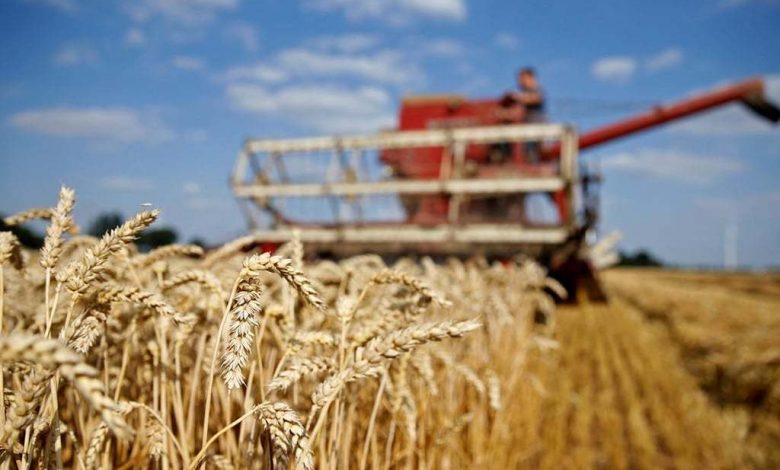How profitable is wheat growing for Zimbabwean farmers?

By Tadiwa Jery
Wheat is the second most popular cereal after maize in Zimbabwe. With most Zimbabweans
consuming baked products on a daily basis, wheat is a widely used cereal by many agro processors.
This gives wheat a high demand in the food market, making it a more reliable cash crop. According
to an article on SEEDCO’s website, wheat farming is said to be a venture that has a very lucrative
return on investment. The return per dollar invested for wheat is about $2-$3 under high productivity
levels. After investing about $2000.00/ha, a farmer can get a total income of about $4000.00, giving
a gross profit of about $2000.00/ha.
In a report made by the UN Feeding Africa programme in 2015, the wheat consumption in all African
countries has steadily increased during the past 20 years as a result of growing population, changing
food preferences and a strong urbanisation trend. In 2013 alone, African countries spent over $12
billion dollars to import more than 40 metric tons of wheat, equating to about a third of the continent’s
food imports.
Locally, the food industry requires 360 000 tonnes of wheat each year, mainly for flour and bread.
Last season, the GMB received 156 144 tonnes from the farmers it had contracted and around 95
000 tonnes grown by the rest of the wheat farmers. This gave a total harvest of over 250 000 tonnes
leaving the country 110 000 tonnes short.
Farmers in Zimbabwe have a local and regional market ready for the supply of the cereal, this
makes wheat a crop worth researching on and investing in.




